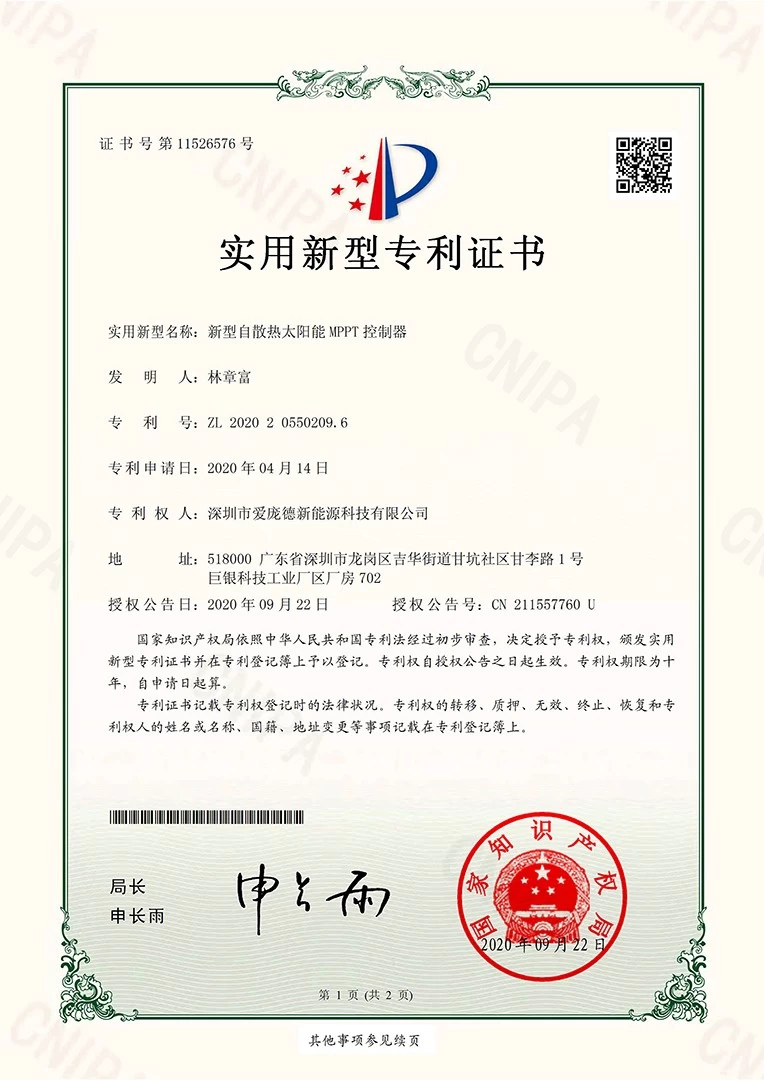Overseas PV market has become a new growth point
The internet
2018-12-17 11:54:51
This year's "5·31" New Deal. The National Development and Reform Commission, the Ministry of Finance, and the National Energy Administration jointly issued the "Notice on Matters Related to Photovoltaic Power Generation in 2018", requiring reasonable grasp of the pace of development, optimizing the scale of new construction of photovoltaic power generation, and temporarily not arranging the scale of construction of ordinary photovoltaic power plants in 2018. Before the state has not issued documents to start the construction of ordinary power stations, all localities may not arrange the construction of ordinary power stations that require state subsidies in any form. In addition, the intensity of photovoltaic power generation subsidies will be further reduced.
A paper-controlled decree has cooled the domestic market, and at the same time, PV companies have turned their attention to the international market. In addition, with the rise of international trade protectionism, the United States first implemented a “double-reverse” investigation on Chinese PV products and imposed tariffs on some products, and then the Indian Ministry of Finance officially ruled on the investigation of photovoltaic safeguard measures and entered China. The country’s solar photovoltaic products are subject to a safeguards tax. Trade friction has brought more uncertainty to the Chinese PV industry.
According to the data provided by China Photovoltaic Industry Association, China's PV module production in the first half of the year was about 42 GW, and the export volume was about 19 GW, an increase of more than 25% over the same period of last year. From January to May 2018, the total export volume of cells and modules was 55.13. The US dollar has increased by 21.2% year-on-year. From 2012 to 2016, this export volume has been declining.
With the weakening of domestic market demand and the expansion of overseas emerging markets, key enterprises have begun to accelerate the development of foreign markets. Some overseas markets have accounted for more than 70% of their shipments. The growth of overseas markets has allowed companies to see new areas.
After the introduction of the New Deal, it can be expected that the component cost will drop rapidly. As the price of components decreases, the system cost will further decrease, and the overseas market will gradually grow and expand. If PV companies give full play to the competitive advantages of leading brands and seize opportunities to further increase their market share in overseas markets, they will be able to make up for the shortfall in domestic market demand in the short term.
A paper-controlled decree has cooled the domestic market, and at the same time, PV companies have turned their attention to the international market. In addition, with the rise of international trade protectionism, the United States first implemented a “double-reverse” investigation on Chinese PV products and imposed tariffs on some products, and then the Indian Ministry of Finance officially ruled on the investigation of photovoltaic safeguard measures and entered China. The country’s solar photovoltaic products are subject to a safeguards tax. Trade friction has brought more uncertainty to the Chinese PV industry.
According to the data provided by China Photovoltaic Industry Association, China's PV module production in the first half of the year was about 42 GW, and the export volume was about 19 GW, an increase of more than 25% over the same period of last year. From January to May 2018, the total export volume of cells and modules was 55.13. The US dollar has increased by 21.2% year-on-year. From 2012 to 2016, this export volume has been declining.
With the weakening of domestic market demand and the expansion of overseas emerging markets, key enterprises have begun to accelerate the development of foreign markets. Some overseas markets have accounted for more than 70% of their shipments. The growth of overseas markets has allowed companies to see new areas.
After the introduction of the New Deal, it can be expected that the component cost will drop rapidly. As the price of components decreases, the system cost will further decrease, and the overseas market will gradually grow and expand. If PV companies give full play to the competitive advantages of leading brands and seize opportunities to further increase their market share in overseas markets, they will be able to make up for the shortfall in domestic market demand in the short term.
This article is from the Internet. For the purpose of transmitting more information, it does not mean to endorse its views or to confirm that its description is infringed. Article content is for reference only.





























